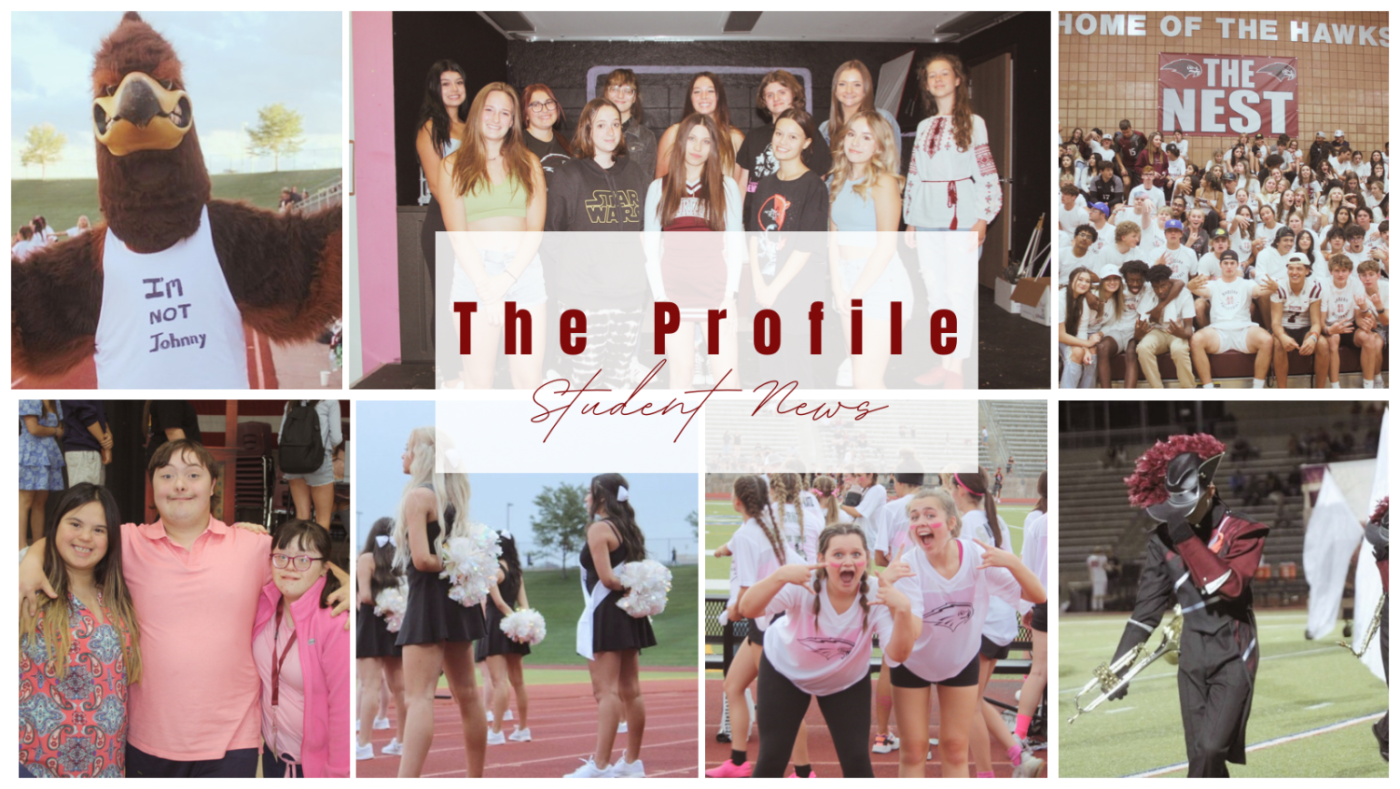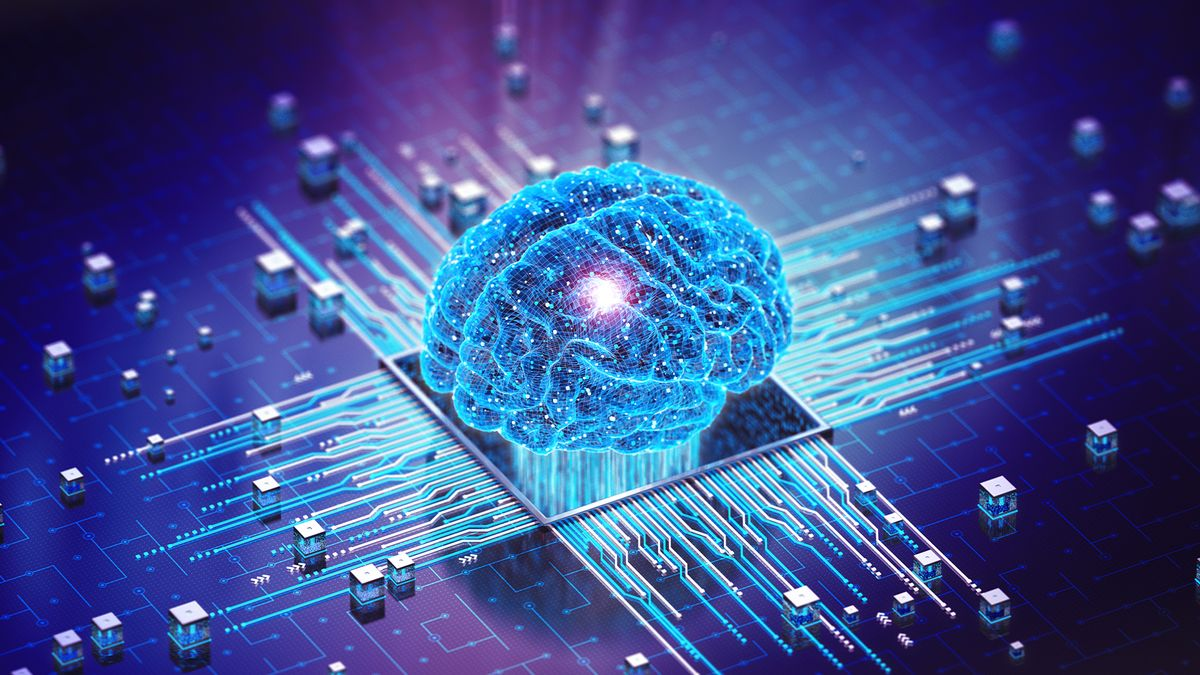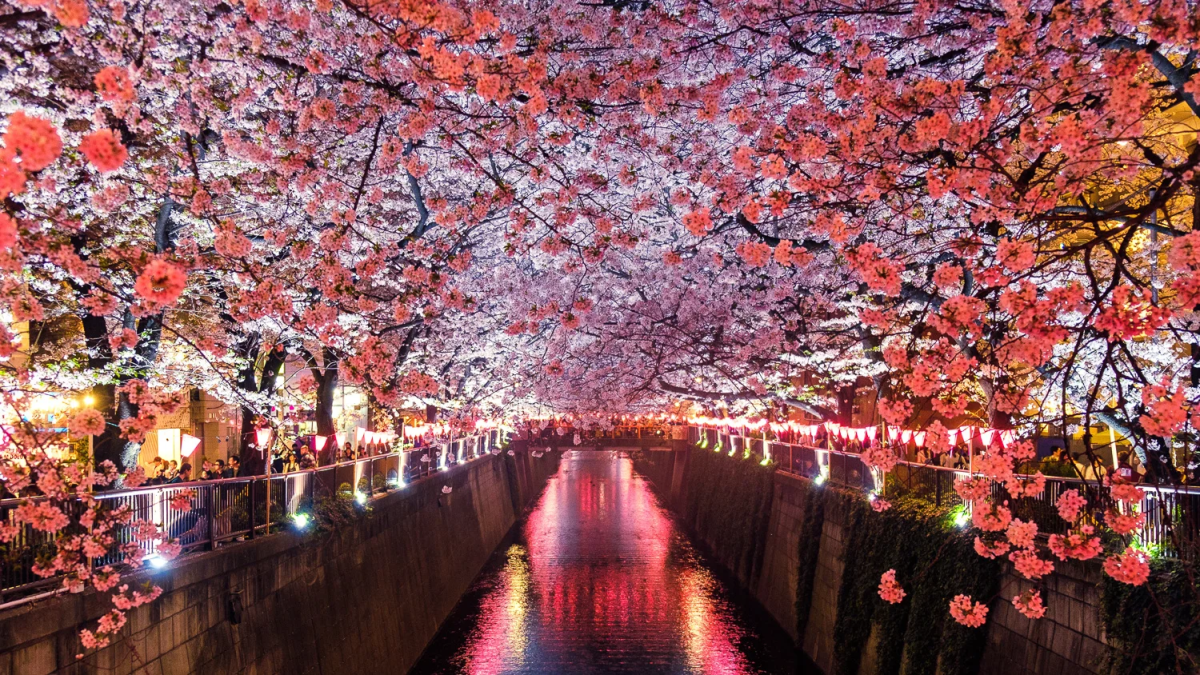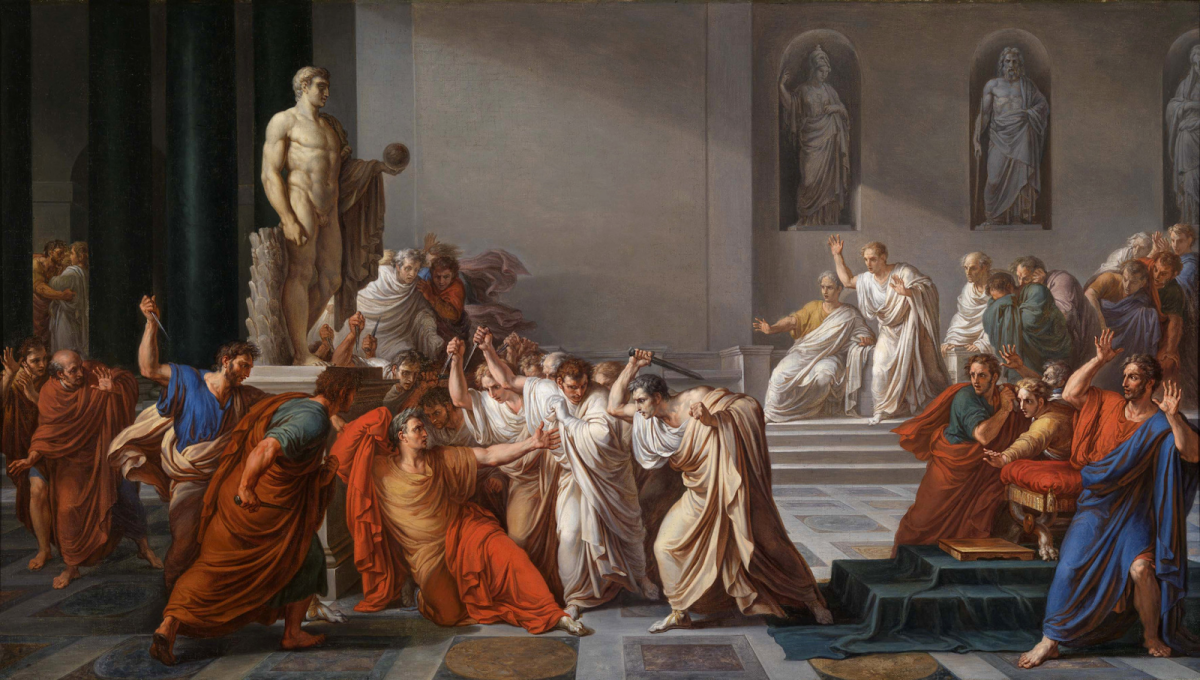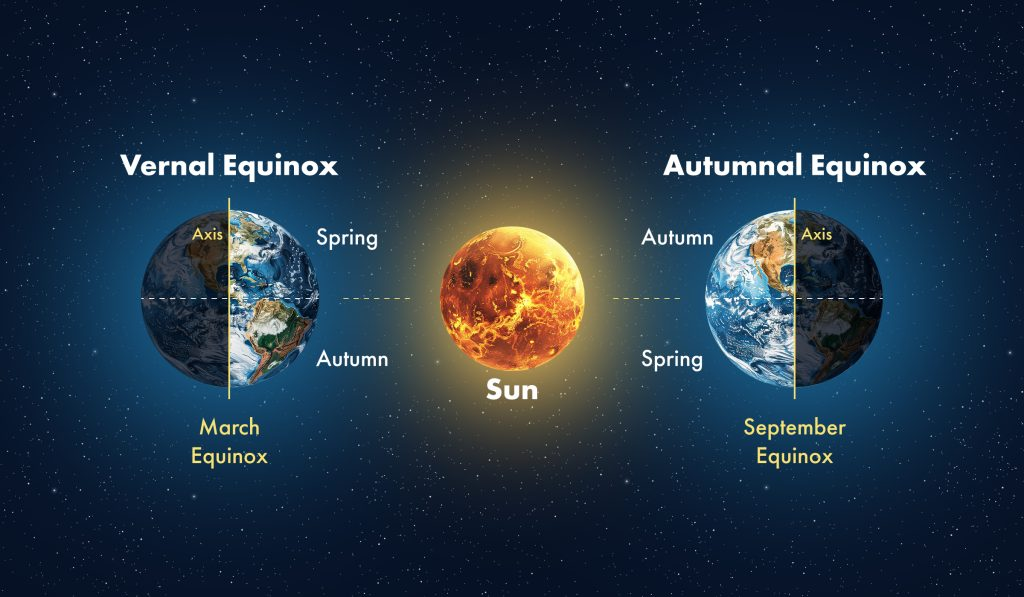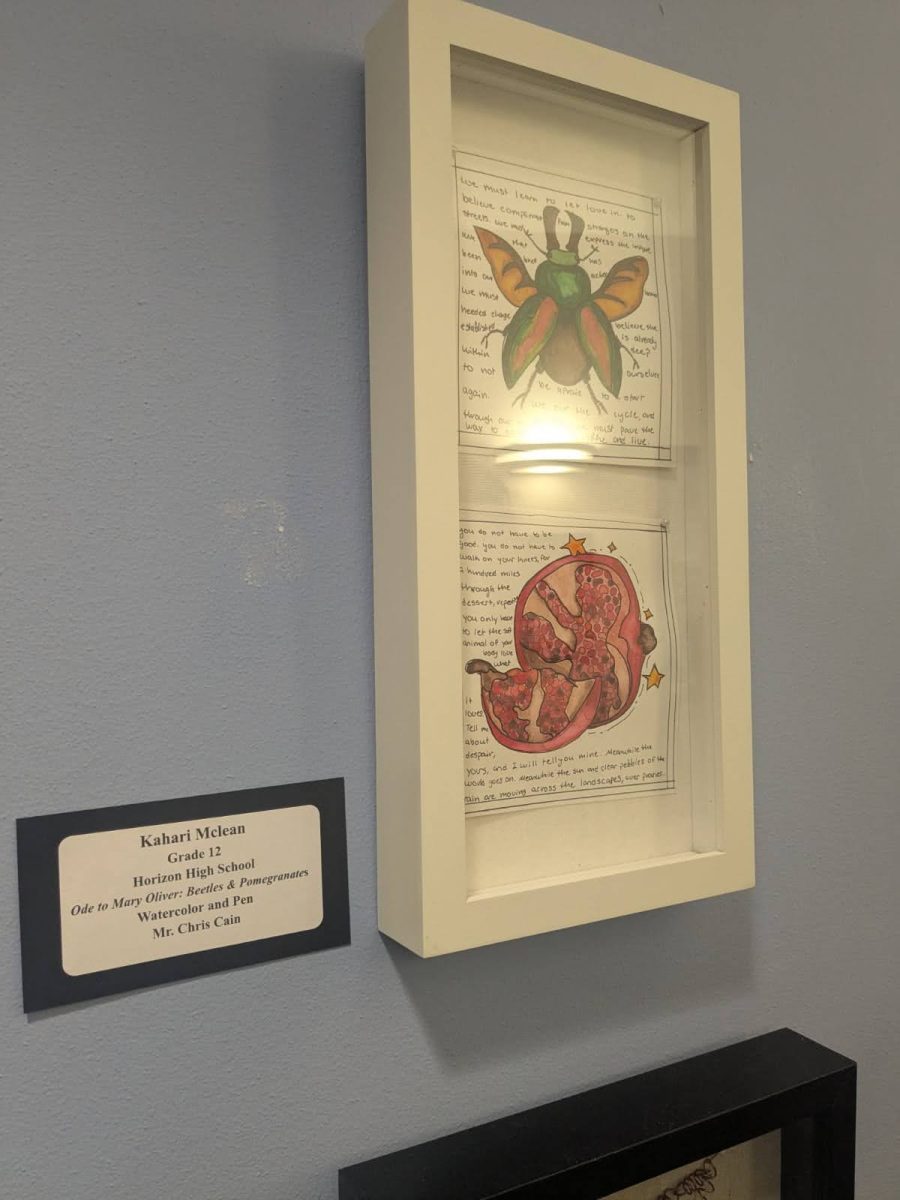Many students at Horizon have likely heard rants from teachers about how AI has become an alarming tool for writing, but many don’t know how hazardous it is to artists. In order for a generative AI to generate responses, it needs to have a database to pull examples from that it’s trained to react with based off of certain key words or phrases. More often than not, an artist isn’t comfortable with their pieces being used in AI database; which is understandable, considering something that they spent hours working on is being used in a computer program and is taking aspects of their hard work. As an artist myself, I’ve seen AI used much more as a tool against artists than for their aid. The popularity of using AI in art has boosted exponentially, but began in 2021 when OpenAI created the program DALL-E. DALL-E allows a user to insert a prompt and then create an image with the click of a button.
Below are a few examples of what DALL-E creates, using the work of professional artists to fuel their machine that after a while people have to pay to use. I had been under a free trial, using one prompt to create the two images: “A red tiefling from Dungeons and Dragons with long black hair, yellow eyes with black scleras,” which is a description of one of my own characters. As you can see, the images are incredibly similar, being just different enough for it to look like two completely different pieces. It’s incredibly easy for someone to just slap a watermark on these and pretend they spent hours digitally on the pieces.

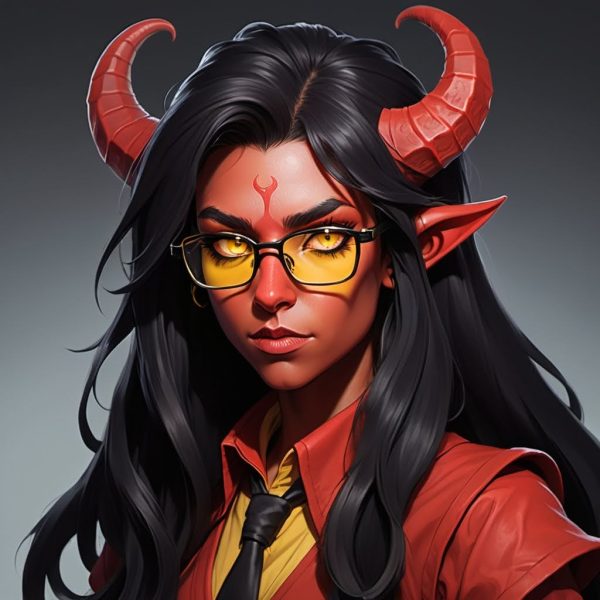
For simple bust pieces like these, it’s very hard to distinguish between AI or hand drawn, but asking an artist for proof they had made the piece such as a picture of all the layers used tends to quickly point out the real artists from the fake. There’s also a few other ways to detect AI art; such as lighting, shading, and general flow of a piece. Both of these pieces have no background, light coming in from multiple angles, the tie and shirt colors are inverted in both images, and the clothes around the shoulders look a bit clunky.
Below are a few examples of art I’ve had commissioned/done art trades for. It has emotions, imperfections, and flaws that AI doesn’t know how to replicate. There’s no connection to the character that would be formed through drawing them yourself in AI pieces. Besides, the generative AI wasn’t anywhere close to the character’s design although I gave as much description as possible! (Credit to @MaggotTeeth on TikTok and @Puffy_XD on artfight)
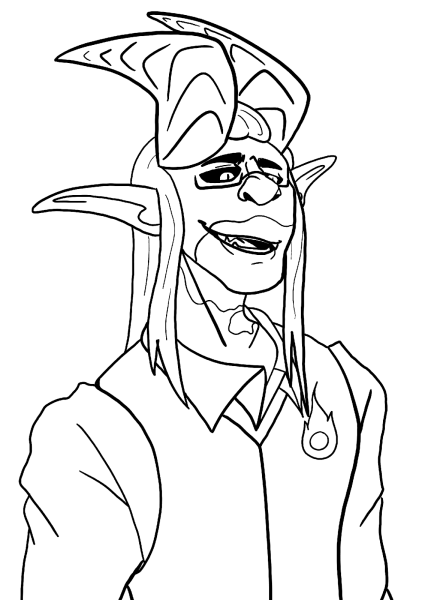
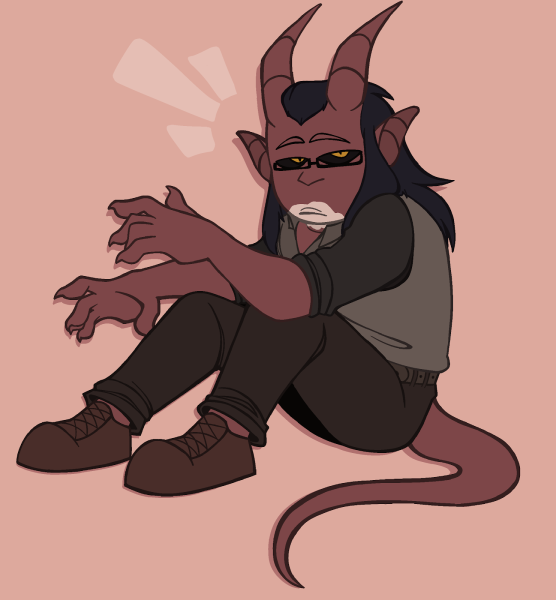
However, many companies enjoy the way the AI pieces look in preference to professional artists way beyond my skill level. According to 80 Level – one of the best sources of information on gaming and AI – 26% of illustrators worldwide have had their positions replaced by machinery. To make matters worse, 80 Level also states that generative AI has caused a major income decrease for illustrators. A large reason for the use of AI instead of artists is something as simple as greed. These large companies have found it’s cheaper to use generative AI than to actually hire artists.
These large companies are taking artists’ work, replacing them or lowering their wages, and replacing them with a computer that gives no real connection or feel to the characters. A generative program doesn’t know how to feel or connect to any of the pieces it makes; which doesn’t necessarily make it art. AI generation takes from artists simply for the sake of saving money to create lower quality content.
